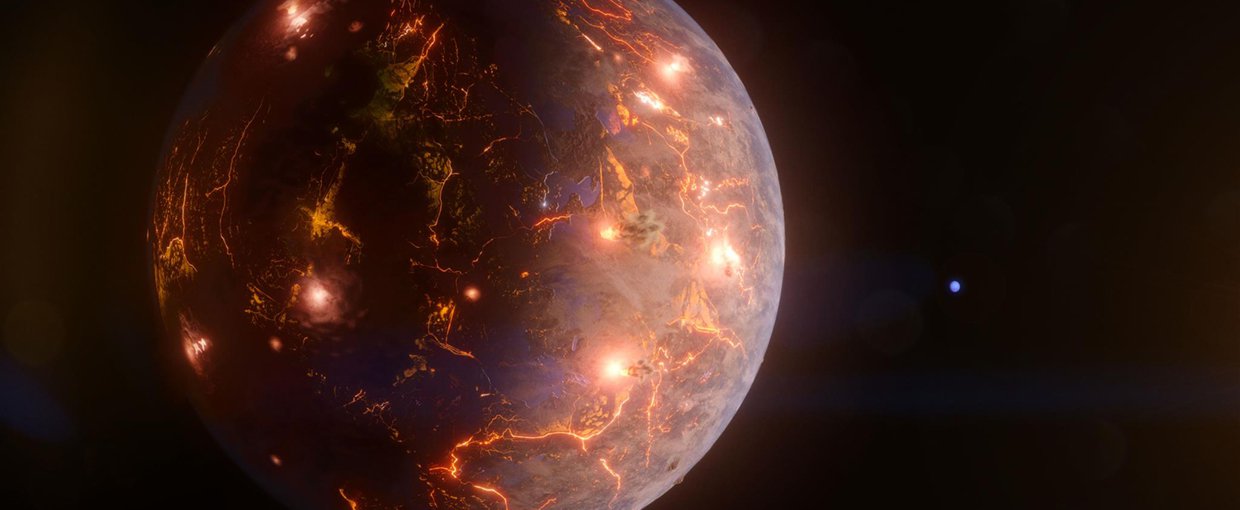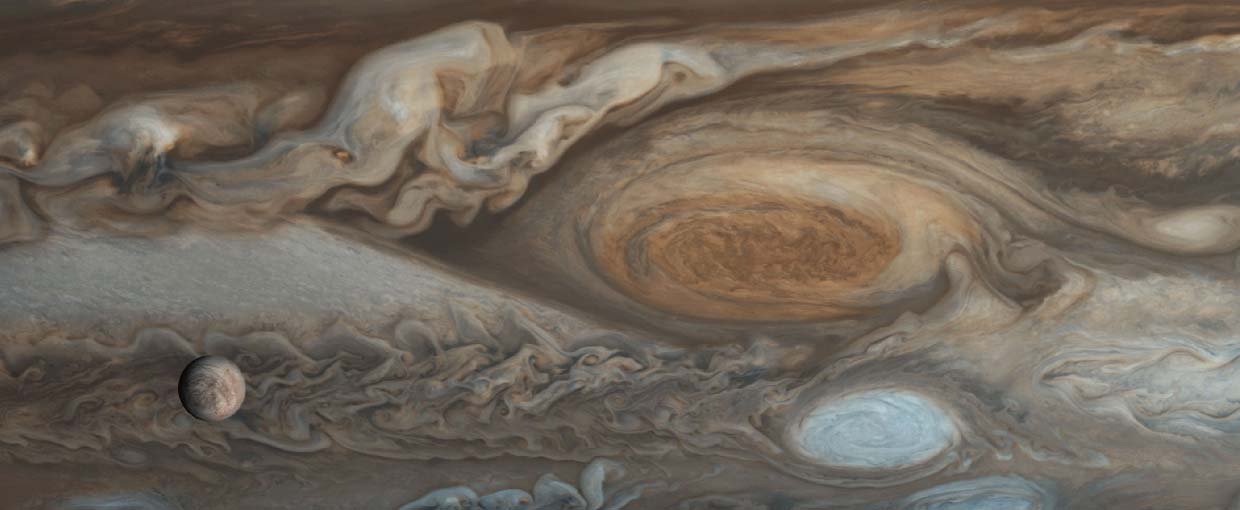Cui, H., Xiao, S., Cai, Y., Peek, S., Plummer, R. E., & Kaufman, A. J. (2019). Sedimentology and chemostratigraphy of the terminal Ediacaran Dengying Formation at the Gaojiashan section, South China. Geological Magazine, None, 1–25. doi:10.1017/s0016756819000293
Smith, K. E., House, C. H., Arevalo, R. D., Dworkin, J. P., & Callahan, M. P. (2019). Organometallic compounds as carriers of extraterrestrial cyanide in primitive meteorites. Nature Communications, 10(1), None. doi:10.1038/s41467-019-10866-x
Hazen, R. M. (2019). An evolutionary system of mineralogy: Proposal for a classification of planetary materials based on natural kind clustering. American Mineralogist, 104(6), 810–816. doi:10.2138/am-2019-6709ccbyncnd
Hazen, R. M., Downs, R. T., Eleish, A., Fox, P., Gagné, O. C., Golden, J. J., … Zhong, H. (2019). Data-Driven Discovery in Mineralogy: Recent Advances in Data Resources, Analysis, and Visualization. Engineering, 5(3), 397–405. doi:10.1016/j.eng.2019.03.006
Vuillemin, A., Wankel, S. D., Coskun, Ö. K., Magritsch, T., Vargas, S., Estes, E. R., … Orsi, W. D. (2019). Archaea dominate oxic subseafloor communities over multimillion-year time scales. Science Advances, 5(6), eaaw4108. doi:10.1126/sciadv.aaw4108
Chen, H., Zhou, S., Morgan, D., Prakapenka, V., Greenberg, E., Leinenweber, K., & Shim, S-H. (2019). The O–O Bonding and Hydrogen Storage in the Pyrite-type PtO2. Inorganic Chemistry. doi:10.1021/acs.inorgchem.9b00046
Evans, S. D., Gehling, J. G., & Droser, M. L. (2019). Slime travelers: Early evidence of animal mobility and feeding in an organic mat world. Geobiology. doi:10.1111/gbi.12351
Jiang, Y., Chen, H., Fegley, B., Lodders, K., Hsu, W., Jacobsen, S. B., & Wang, K. (2019). Implications of K, Cu and Zn isotopes for the formation of tektites. Geochimica et Cosmochimica Acta. doi:10.1016/j.gca.2019.06.003
Georgakarakos, N., & Eggl, S. (2019). On the enlargement of habitable zones around binary stars in hostile environments. Monthly Notices of the Royal Astronomical Society: Letters, 487(1), L58–L60. doi:10.1093/mnrasl/slz082
Greenbaum, A. Z., Cheetham, A., Sivaramakrishnan, A., Rantakyrö, F. T., Duchêne, G., Tuthill, P., … Wolff, S. (2019). Performance of the Gemini Planet Imager Non-redundant Mask and Spectroscopy of Two Close-separation Binaries: HR 2690 and HD 142527. The Astronomical Journal, 157(6), 249. doi:10.3847/1538-3881/ab17db



